Why Women’s Month Falls in March and Its Celebration, History
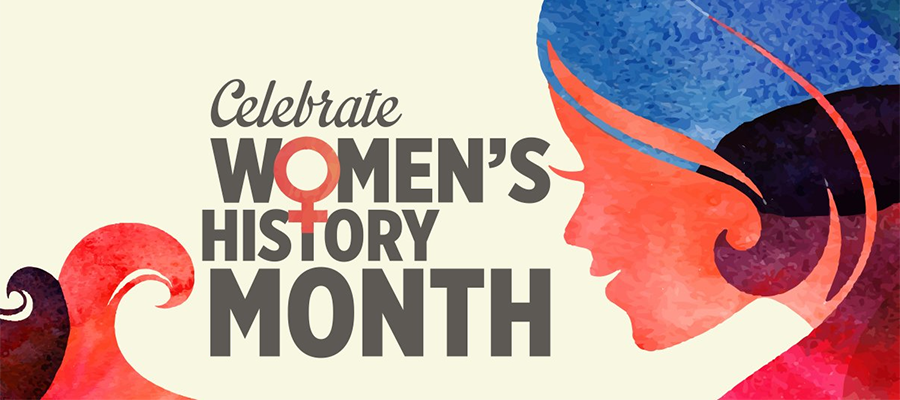 |
| MARCH: Women’s History Month. Photo: Smcl |
March is National Women's History Month, but since women are pretty historic year-round, it begs the question: Why March? Is this month significant to women's history, or is it just an arbitrary month on the calendar? The answer involves a little bit of history and a little bit of coincidence.
What is Women’s History Month?
Every year March is designated Women’s History Month by Presidential proclamation. The month is set aside to honor women’s contributions in American history, according to Womenshistory.
Why is Women's History Month in March?
Women’s History Month, which is observed in the US, UK and Australia in March, and in October in Canada, began with a single day. International Women’s Day is March 8, and it has been observed in some shape or form since 1911. It was officially commemorated by the United Nations in 1975 and was officially recognized by the UN two years later.
In the 1970’s, local groups and municipalities began celebrating Women’s History Week. According to the National Women’s History Museum, one of the most notable celebrations was organized in Santa Rosa, California, by the Education Task Force of the Sonoma County Commission on the Status of Women in 1978.
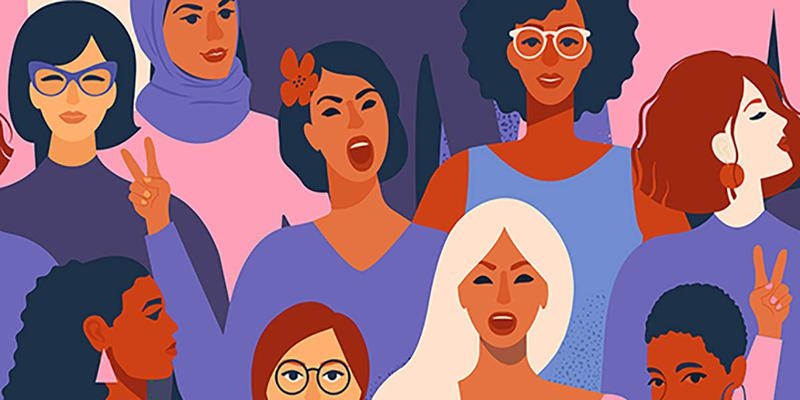 |
| Photo: Plannedparenthood |
The movement was so popular, people began lobbying for a more formal observance, and in 1980, President Jimmy Carter designated the first official National Women’s History Week, beginning on March 8 of that year.
Schools, universities and local governments came to realize that this period of time allowed them to not only celebrate the achievements of women, but look critically at equality and opportunities for women, and educate people on women’s history. It was only a matter of time before the week became a month.
According to the National Women’s History Alliance, states began declaring the whole month of March as Women’s History Month all the way up until 1986, when a more national push finally made headway. The following year, Congress declared March 1987 as the first official Women’s History Month, Localnews reported.
READ MORE: Women’s Day (March 8): History, Significance, Celebrations
Some important parallels
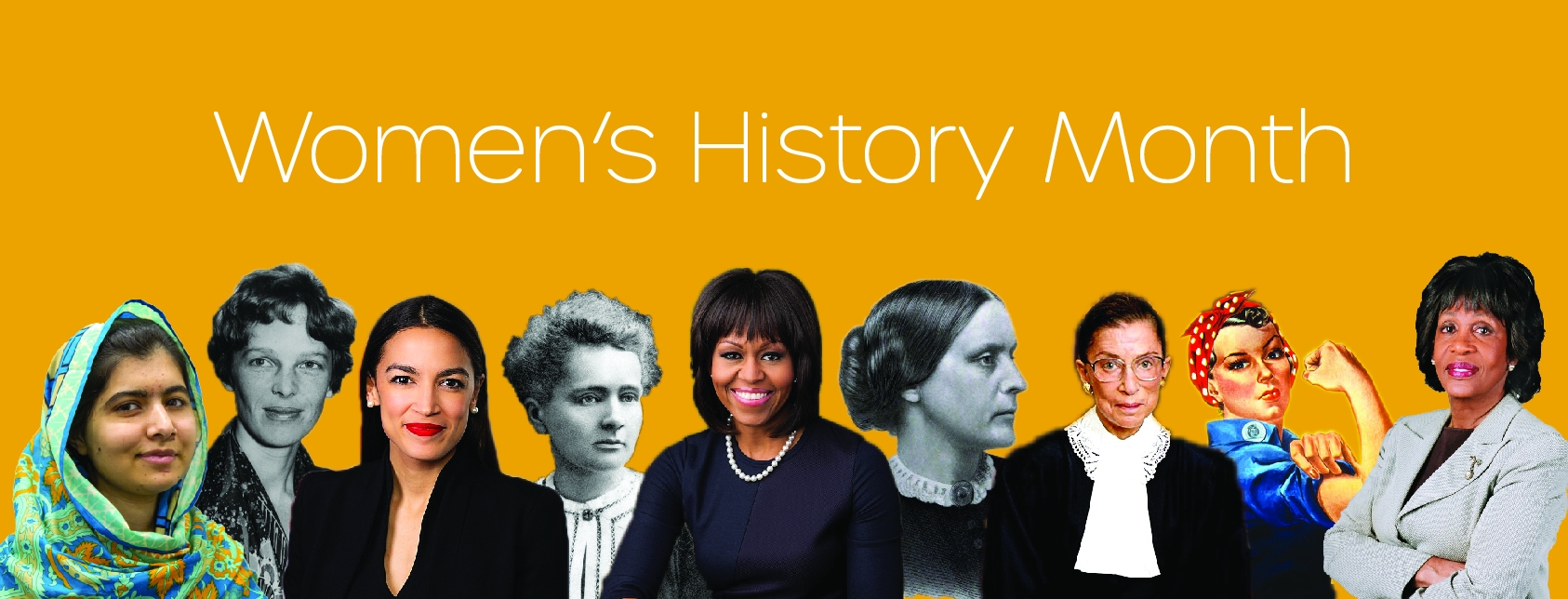 |
| Photo: Uakron |
Besides International Women's Day, March holds a few more important milestones for women's history:
- Title IX, which prohibits sex discrimination in all federally funded education programs, was passed by the Senate on March 1, 1972. It became law later that year. In fact, the educators who formed the first Women's History Week a few years later did so to help schools comply with Title IX regulations.
- The Equal Rights Amendment, a constitutional amendment that guarantees rights regardless of sex past those assured by the 19th Amendment, passed the Senate on March 22, 1972. (P.S. -- it's still not fully ratified.)
- Earlier in the 20th century, two significant women's suffrage events took place in March. The first major suffragist parade took over Washington, DC, on March 3, 1913, and the National Woman's Party, a political group dedicated to women's suffrage, was officially formed in March 1917.
Also, it might be a coincidence, but seeing as how demonstrations and public displays were an integral part of the women's suffrage movement, the month of "March" certainly seems to fit, Edition listed.
Women’s History Month in 2021
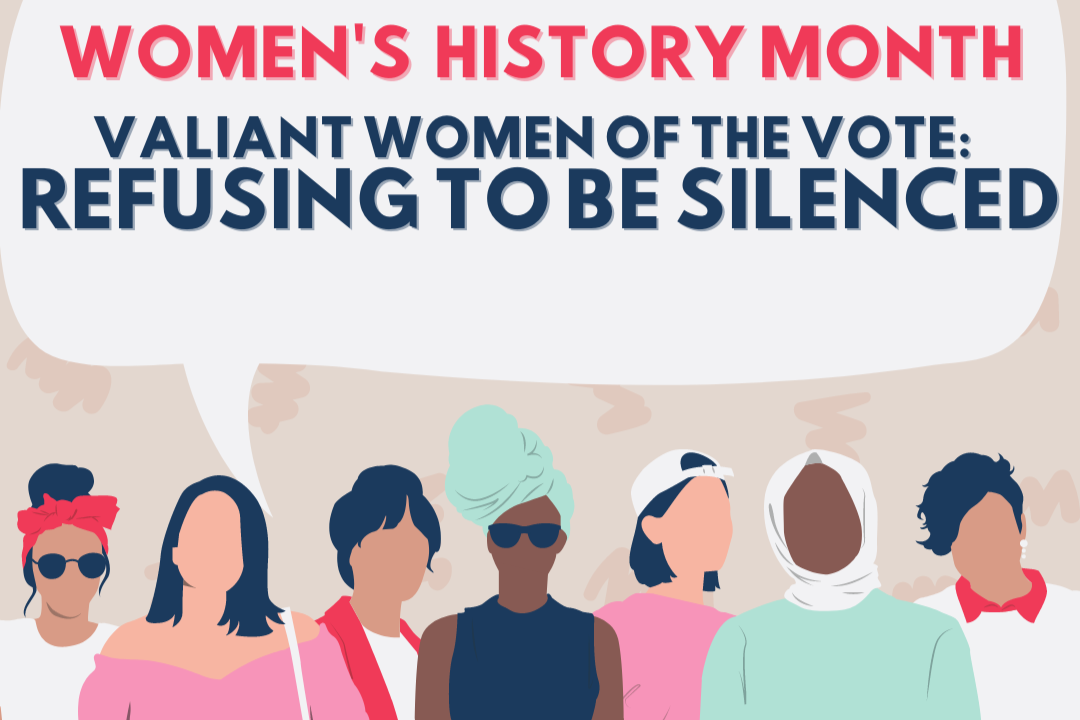 |
| Photo: Eagleeye |
| The NWHP always declares an annual theme. This year's theme is a continuation of 2020's: Valiant Women of the Vote: Refusing to Be Silenced. As an example, we can look to civil rights activists of the past like Ida B. Wells, Ella Baker, and Shirley Chisholm, who championed voting rights for women and Black people. Or, we can acknowledge 21st century leaders like Nobel Peace Prize-nominee Stacey Abrams (and the women of Romancing the Runoff who supported her) whose organizing skills helped register at least 800,000 new voters in the state of Georgia, turning it into an essential battleground state during the 2020 election. |
"The National Women’s History Alliance is determined that the important roles of multicultural suffragists and voting rights activists continue to be recognized and honored," the organization said. "We refuse to allow their voices to be silenced, even by a pandemic.", Oprahmag noted.
* Click the links given below for more related information:
 Top 10 ideas to Celebrate Women’s Day at Work Top 10 ideas to Celebrate Women’s Day at Work March is coming with a brilliant day to honor women - a beautiful half of the world. Here are some recommended ways of KnowInsiders to ... |
 9 Wonderful Gifts for Sisters on Women’s Day (March 8) 9 Wonderful Gifts for Sisters on Women’s Day (March 8) Are you looking for that special gift to give to your sister this International Woman’s day? This article is just right for you. Read on ... |
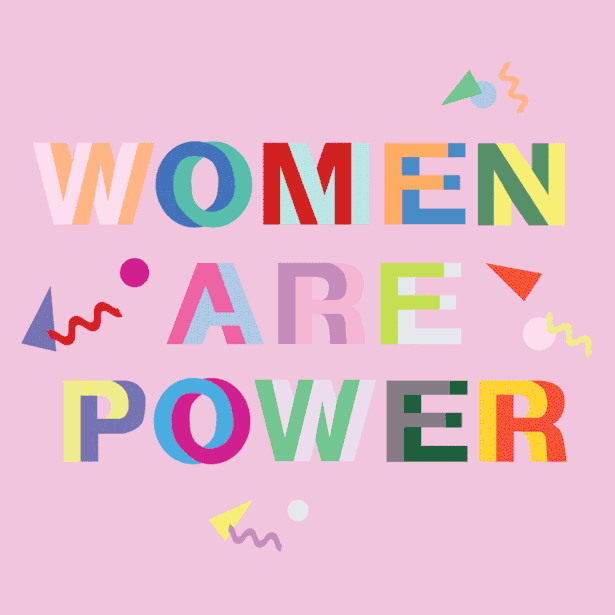 The Most Beautiful Gifs, eCards and Illustrations for Women's Day The Most Beautiful Gifs, eCards and Illustrations for Women's Day International Women’s Day is an annual global holiday on March 8 that celebrates amazing women all around the world. Sending beautiful Gifs, eCards, and illustrations ... |
 International Day of Women and Girls in Science (February 11): Aiming, Significance, What can be done International Day of Women and Girls in Science (February 11): Aiming, Significance, What can be done The International Day of Women and Girls in Science celebrated on 11 February, is implemented by UNESCO and UN-Women(link is external), in collaboration with institutions ... |


























